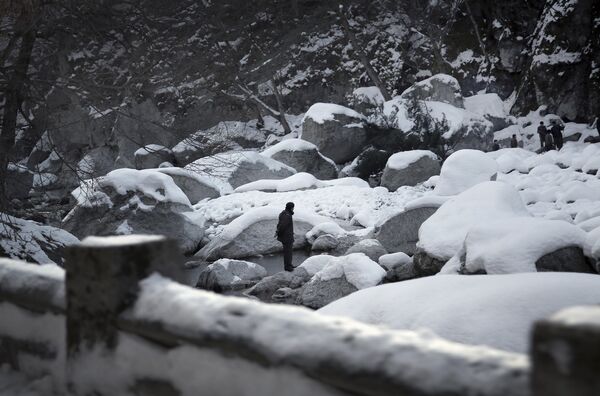"In 2011 I was asked to travel to North Korea, me being a Principal Metals Geologist in Australia at the time," Mr. Schurmann, a South African born geologist based on Australia, told the newspaper on Tuesday.
"The brief was to have a look at several mineral occurrences and provide them with general geological and due diligence reports.”
"I have always seen mineral deposits as basic dynamos – especially in Africa and most recently in Asia – that could support development and growth. Development and growth in most 'stressed' nations and regions can be utilized as catalysts to induce change."
Emerging market specialist Kevin Virgil, chief executive of Frontera Investment in London, told The National that there are signs that foreign investors may soon find it easier to do business in North Korea.
"This is best evidenced by the recent government reshuffle that created the ministry of external economic relations, which has the mandate to attract foreign direct investment," Virgil said.
"We do not have any data regarding this issue, and the article does not really give us the solid proof about the amount of rare minerals the DPRK has nor how profitable it is," a representative from the Information Systems for Resource of North Korea told NK News, after North Korean tourism website DPRK Today published an article about the discovery.
In December 2013 North Korea and private equity company SRE Minerals announced the discovery of what they believed to be the largest deposit of rare earth metals (REM) anywhere in the world.
SRE announced it had signed a joint venture agreement with the Korea Natural Resources Trading Corporation for rights to develop REE deposits at Jongju, an area in the south of North Pyongan Province, which is located in the west of the country and borders with China.

Rare earth metals, also referred to as rare earth elements (REE), are a group of 17 chemical elements that occur together in the periodic table. They have many similar properties, which often causes them to be found together in geologic deposits. Because many of them are typically sold as oxide compounds, they are also referred to as "rare earth oxides."




